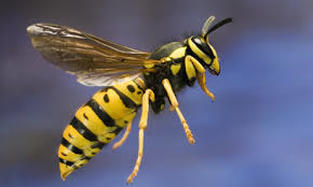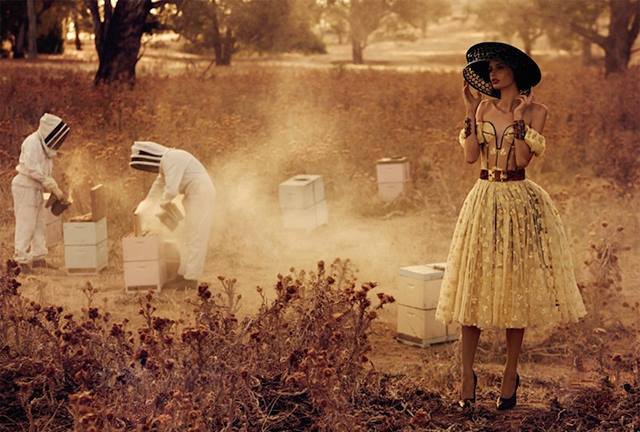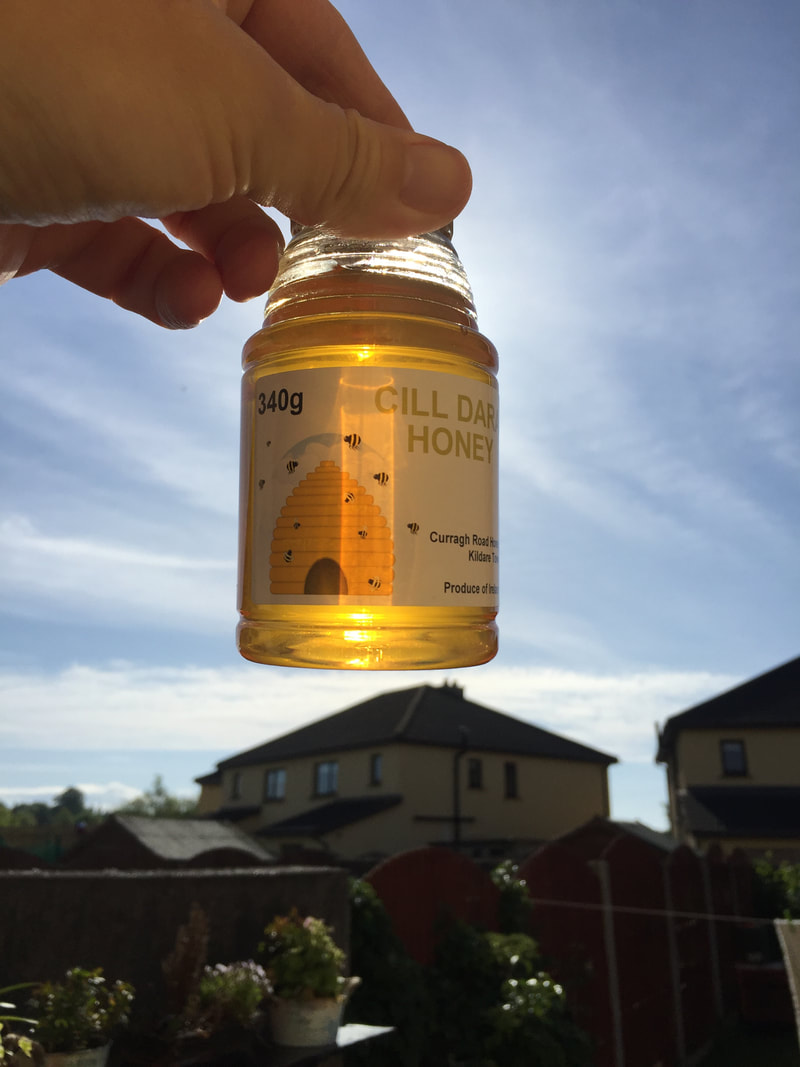Wasp Stings Wasp Wasp A sting by a social or common wasp (also known as a yellow jacket) is a painful experience. It can be very upsetting and frightening for young children. Wasp stings may even be life threatening to people allergic to the poison in stings. This allergic reaction is known as anaphylaxis. People who have been stung several times previously and have become sensitised are more likely to suffer this systemic reaction. The good news is that this type of allergic reaction is rare and it is even rarer for it to be fatal. Wasps, like bees and hornets, are equipped with a stinger as a means of self-defense. A wasp’s stinger contains poisonous venom that is transmitted to humans during a sting. Wasps can sting more than once during an attack because their stingers remain intact. (A bee can only sting once, as the stinger of a bee becomes stuck in the skin of its victim.) However, even without leaving the stinger behind, wasp venom can cause pain and irritation
Treatments for Wasp StingsIt is difficult to know how you might react to a wasp sting, if you have never been stung before. There are some practical things you can do to help with any pain you might feel
If itching or skin irritation becomes bothersome, use hydrocortisone cream or calamine lotion to control the discomfort. Baking soda and colloidal oatmeal are additional ingredients that are soothing to the skin, and can be used in the bath or through medicated skin creams If you are in any doubt about a wasp sting please consult a doctor or medical professional. The allergic reaction anaphylaxis can occur when someone becomes sensitised to the poison in the sting. It is a rare reaction but can be fatal. If someone has the following symptoms after being stung, immediately call for an ambulance:
Wasp trapPlace the following ingredients inside a bottle
|
Gerry Walsh
Some of my stories and ramblings Categories
All
Advertisement
Beekeeping as a Hobby - find out more here
Archives
December 2019
|


 RSS Feed
RSS Feed